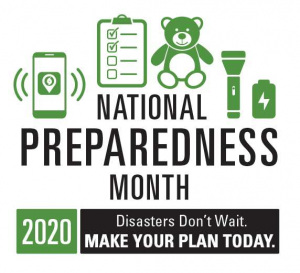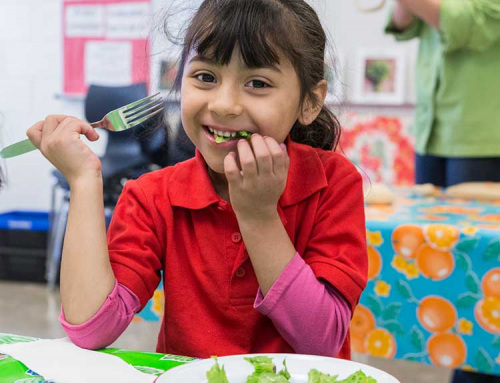

WEEK #4
September 20th – September 26th
“TEACH YOUTH ABOUT PREPAREDNESS”
National Preparedness Month is recognized each September to promote family and community disaster and emergency planning now and throughout the year. The 2020 National Preparedness Month theme is:
“Disasters Don’t wait. MAKE YOUR PLAN TODAY!”
As our nation continues to respond to COVID-19, and as California struggles to contain its wildfires, there is no better time to be involved this September.
Week #4 encourages us to TEACH YOUTH ABOUT PREPAREDNESS
“TODAY’S PREPARED CHILDREN ARE TOMORROW’S PREPARED ADULTS”
Preparing for disasters starts at home. Everyone can be a part of helping to prepare for emergencies. Young children and teens alike can be a part of the process. As a parent, guardian, or other family member, we all have an important role to play when it comes to protecting the children in our lives and helping them be prepared if disaster strikes.
Children and youth have the unique ability to prepare themselves as well as their families, schools and communities. Children and youth are empowered through understanding risks and knowing how to protect themselves. Empowered youth can help involve their families, peers, and communities in disaster preparedness. They can be leaders before, during, and after disasters.
Be sure to update your family emergency plan. COVID has caused many changes in every family’s normal routine. Make sure you update your family emergency plan to reflect everyone’s new daily routine, their location and contact info.
Are you signed up for CodeRED https://www.inyocounty.us/services/sheriff Pay attention to alerts and warnings. Teach youth what a CodeRED alert is. Distance learning may leave some youth home alone during periods of the day. They may be the only one home to hear the alert.
Disasters can also leave children and teens feeling frightened, confused and insecure. Their responses can be quite varied. It’s important to not only recognize these reactions, but also help children cope with their emotions.
- Encourage dialogue and answer questions-Listen to your kids. Ask them about their feelings and validate their concerns. When they ask questions, give just the amount of information you feel your child needs.
- Limit media exposure-Intense media coverage of disasters can frighten young children and disturb teenagers as well. If your children watch TV or use the internet, try to be available to talk to them and answer questions.
- Make time for them and find support-Help kids understand that they are safe and secure by talking, playing, and doing other family activities with them. Build support networks with friends, family, and community organizations to help you cope, which can also help your children cope.
- Keep to a routine-Help your children feel as if they still have a sense of structure, which can make them feel more relaxed. When schools and childcare open again, help children return to normal activities like going to class, sports, and play groups.
- Risk factors-For many kids, reactions to disasters are short-term. But some children can be at risk for more long-term psychological distress. Three risk factors for this longer-lasting response are:
- Direct exposure to the disaster such as being evacuated, observing injuries of others, or experiencing injury;
- Loss/grief relating to the death or serious injury of family or friends;
- Ongoing stress from secondary effects, such as temporary housing, loss of social networks, loss of personal property, or parent’s unemployment.
For more information and resources to help you and your family prepare for emergencies or disasters go to: https://www.ready.gov/september or contact the Inyo County Office of Emergency Services at (760) 878-0120






